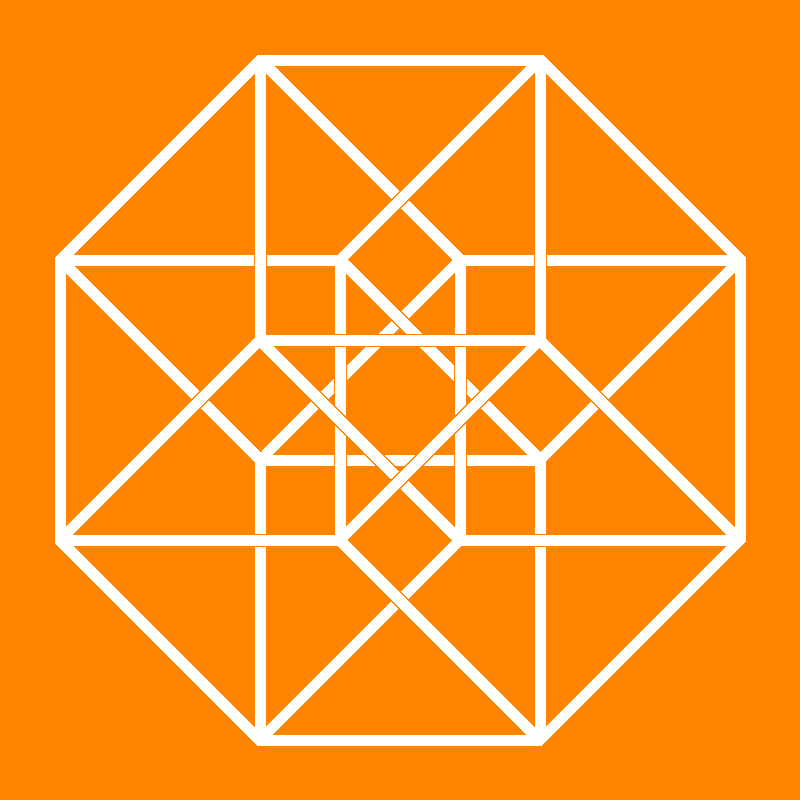
Journal for Geometry and Graphics 08 (2004), No. 1, 023--032
Copyright Heldermann Verlag 2004
The Inspherical Gergonne Center of a Tetrahedron
Mowaffaq Hajja
Dept. of Mathematics, Yarmouk University, Irbid, Jordan
mhajja@yu.edu.jo
Peter Walker
Dept. of Mathematics and Statistics, American University, P. O. Box 26666, Sharjah, United Arab Emirates
peterw@aus.ac.ae
With the traditional definition of the Gergonne center of a triangle in mind, it is natural to consider, for a given tetrahedron, the intersection of the cevians that join the vertices to the points where the insphere touches the faces. However, these cevians are concurrent for the limited class of what we call inspherical tetrahedra. Another approach is to note that the cevians through any point inside a triangle divide the sides into 6 segments, and that the Gergonne center is characterized by the requirement that every two segments sharing a vertex are equal. Similarly, the cevians through any point inside a tetrahedron divide the faces into 12 subtriangles, and one may define the Gergonne center as the point for which every two subtriangles that share an edge are equal in area. It turns out that tetrahedra whose Gergonne center has the stronger property that every two subtriangles that share an edge are congruent (resp. skew-congruent) are precisely the inspherical (resp. equifacial) ones. Furthermore, we give a characterization of the inspherical tetrahedra and we outline a method for constructing them.
Keywords: Barycentric coordinates, Ceva's theorem, Gergonne point, Fermat-Torricelli point, isosceles or equifacial tetrahedron, isogonal tetrahedron.
MSC: 51M04; 51M20, 52B10
[ Fulltext-pdf (264 KB)] for subscribers only.